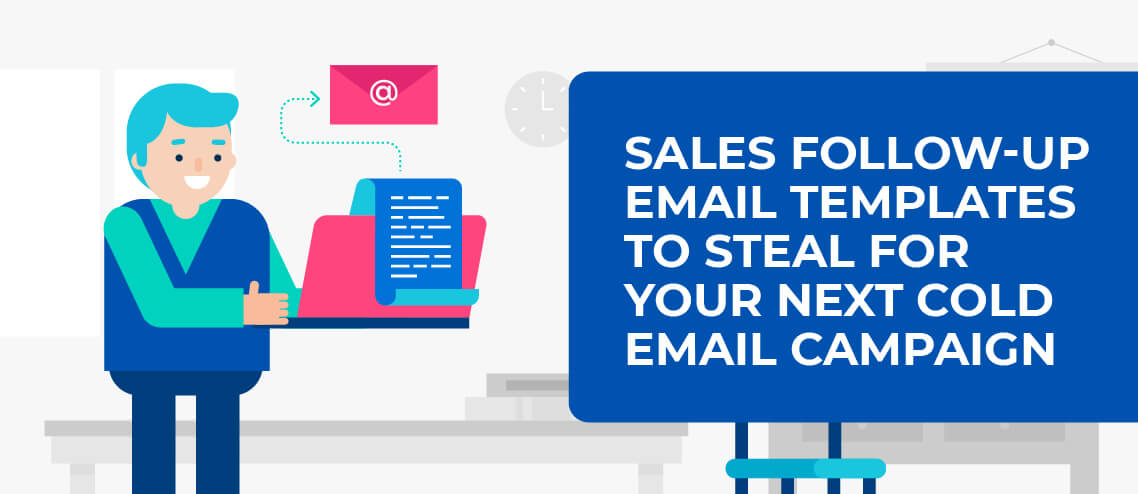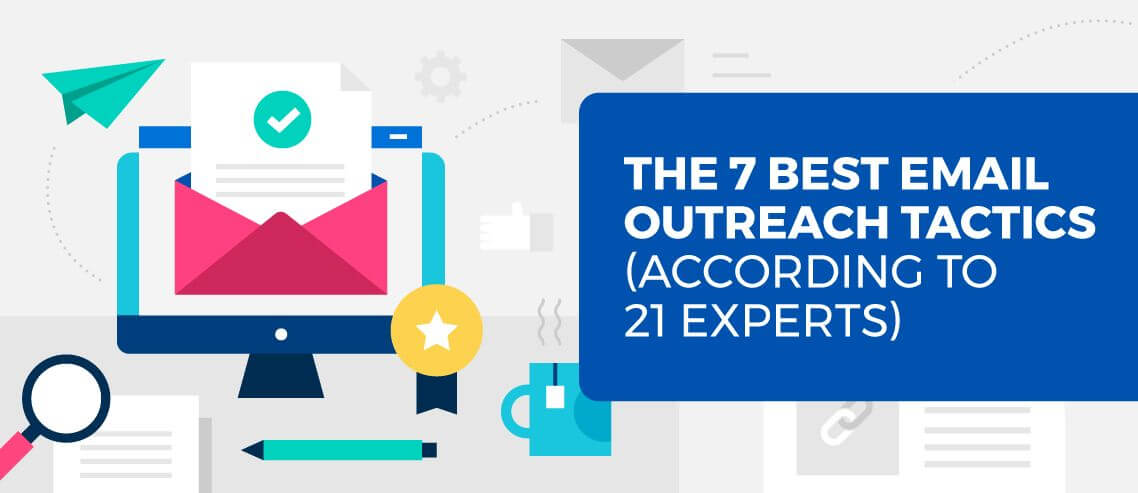Cold Email Tips for NOT Stalking Your Sales Prospects
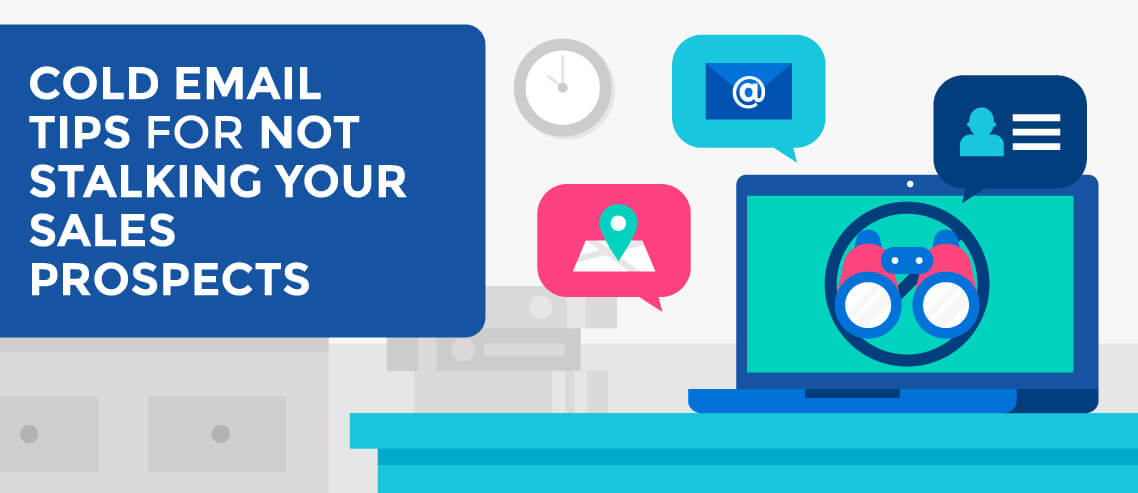
Contents
“HOW THE @#$% DID YOU GET MY INFORMATION? Take me off your list!”
… Not the reply you want to get from your cold email!
But you got the prospect’s email address from a list provider, and you found a great tip. The time is right for cold email outreach – right?
Whether you use third-party Intent and Opportunity data from a company like DiscoverOrg, when you land on a juicy, relevant piece of information like an upcoming project, a new round of funding, or opening a new store – it’s the perfect time to engage.
The only problem? Your prospect doesn’t agree.
We’ve got the inside scoop on how to email prospects at the right time, with the right message, using intent and opportunity data – without sounding like a total creep.
What’s the difference between contact data and other types of data?
If you’ve been in sales or marketing for any length of time, you know that “prospect data,” “lead source data,” or “sales intelligence” can mean almost anything. We break it down into three types: Fit, Opportunity, and Intent.
Fit (firmographic and demographic) data
All marketers and salespeople work with basic demographic/firmographic data – and most prospects understand that marketers and salespeople HAVE this information – so this is nothing new.
On the contact level, we’re talking about demographics:
- First and last name
- Job title
- Email address
- Phone number
On the company level, firmographic data includes:
- Industry
- Revenue
- Employee count
- Physical location
- Technology stack
At DiscoverOrg, we refer to this as Fit data – and without it, it’s impossible to reach anyone. It’s not always easy to make sure this kind of data is accurate … but it’s pretty easy to find.
Without a good Fit, sales efforts are useless. Take this example, emailed to Preston Zeller, our Director of Digital Marketing. (It might be an OK cold prospecting email … if Preston worked for a company that actually had inventory. Newsflash: Shipping and fulfillment don’t mean much in the SaaS world.): 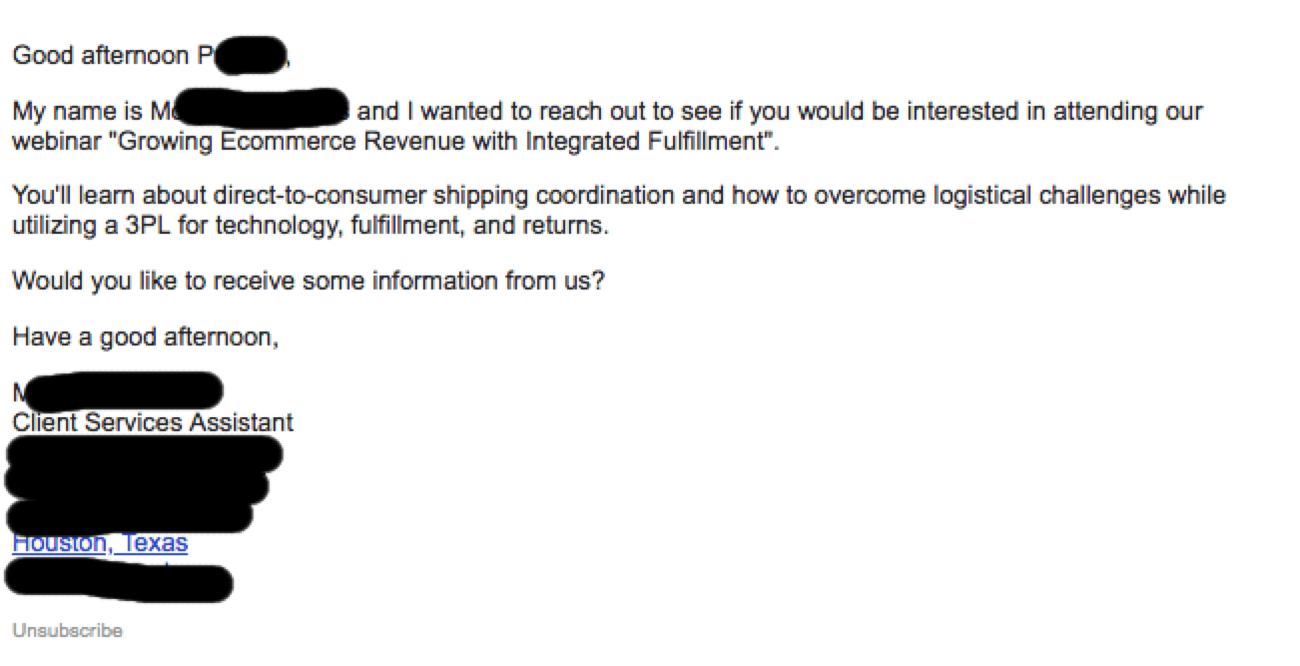
Still, basic Fit data is nothing new, and it’s not considered particularly “creepy” or overly personal to use this information.
Opportunity data
Opportunity data is a little harder to find … and here’s where things can get creepy. Now we’re talking about:
- Funding initiatives
- Layoffs, earnings
- Mergers and acquisitions
- Leadership changes
- Company events
Sometimes this information is publically available – announced in a press release, for example; other times, it can only be found by calling into a company and asking, like DiscoverOrg’s professional research team does.
Intent data
Welcome to Potential Creeper land.
Intent data refers to information about implicit behavior: activity that links target buyers to a topic or solution. This includes:
- search history
- topics of content consumption
- downloads
- time on page
- social media metrics
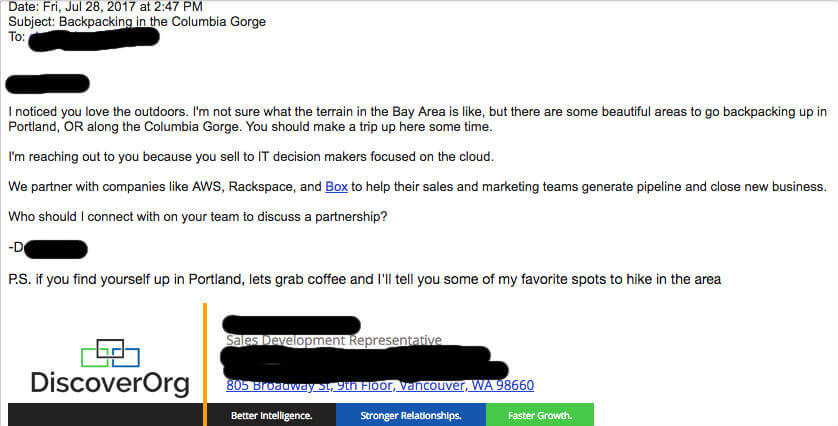
In this case, the SDR used publicly-available information – the prospect’s love of backpacking, as evidenced in his social media posts – to get his attention.
You can’t just find Intent data by browsing the internet; it’s difficult to obtain without using a third-party service.
Is it any wonder the prospect feels like they’re being stalked by this prospecting email?
Now let’s look at what NOT to say in your cold email outreach – then we’ll turn to ways to turn this close-to-home information into useful, actionable offerings that prospects will actually appreciate.
DON’T: What NOT to say in a cold email
Alerts for Intent and Opportunity data – the inside Scoop – from DiscoverOrg usually includes information like this:

If you sell corporate performance management (CPM) software, you might get excited when you see that project-related Scoop from April 12. How cool would it be, to be the first salesperson to offer a great product, knowing the company has dedicated new funding for it?
So you start your email: I see your finance department has allocated some new funding for CPM software …
Nope.
How about: I hear you have an upcoming project for new CPM software…
Stop.
Do not start your email with phrases like:
- I know you’re working on …
- I hear you have a new project …
- I see you’re looking into …
No. Nope. No way. The natural response to these statements is defensive, and if your prospect does email you back or you get them on the phone, the response will usually be:
- No, we’re not.
- How do you know that?
- Where did you get that information?
- TAKE ME OFF YOUR LIST!
Think about it. How would you feel if a stranger emailed you to say, “I know where you live, what you like, and what you’re eating right now. How is that sandwich, anyway? You’re not a mustard guy?”
Defensiveness is a natural response to revealing privileged information. In other words, no one likes to feel like they’re being stalked.
Here’s what to say in your email instead.
YES: What to say in your (not-creepy) email
Steve Bryerton, our Vice President of Sales, says Intent information is just a prompt that tells the salesperson it’s a good time to reach out – and not mention it explicitly to your prospect at all.
“It doesn’t come off well to frame it as a literal question,” Bryerton says. “The Scoop, or inside piece of information, helps provide timing and context to a message, but it should not be THE message. Think of it this way: ‘I’m reaching out because I have something that can really help. In an effort to be a valuable partner, I’m doing this for you.’”
Bryerton suggests positioning the email like this:
- Many organizations in your industry start thinking about X when they reach your size. Maybe you’re thinking about that, too.
- I’ve been seeing X industry trend. Is that something you’re seeing as well?
- I talk to dozens of companies a day who struggle to implement X and have a few great ideas for solving it. If you’ve struggled with this as well, maybe I can help.
As a sales or marketing professional, YOU have hundreds of these email exchanges every week and every month. Your prospect, on the other hand, is in a bubble: Maybe they talk to a couple of people about their pain point – but you’re solving the same problem day after day. You have unique insight and knowledge to to offer the prospect. This approach will lead to sales.
Bryerton suggests approaching the conversation as an expert. You already know the answer, because you have the Scoop: You know the prospect is indeed thinking about, struggling with, and seeing the issue. But this way it doesn’t sound creepy.
Add social proof with the “3×3 method”
Next, throw it in “social proof”: Evidence that you’ve helped other companies (in your prospect’s industry, of course) – and offer examples. This ensures your message accomplishes two things: (1) It’s relevant, and (2) It’s not creepy.
Ricky Kalmbach, DiscoverOrg’s Senior Customer Success Manager, suggests using the 3×3 Method.
The 3×3 Method refers to finding 3 pieces of information in 3 minutes. Use quotes from a press release or a blog by a senior member of the team, info on your prospect’s new product, news on the prospect’s competitors – or any trigger events.
The purpose of 3×3 research is to create a highly relevant metaphor: “Here’s how I’ve helped other companies just like yours, achieve X.” Because details in the 3×3 research are publically available, you’re demonstrating that you did your homework (and you’re not a stalker).
Kalmbach suggests using the company’s website, Twitter and other social media accounts, or a simple Google search for news articles.
Why 3 minutes? That’s just to ensure you don’t spend too much time barking up the wrong tree. If it takes you more than 3 minutes to find a piece of information, it’s time to move on.
Half of the challenge in writing a great cold email is knowing what to say. The other half: Knowing what not to say.


